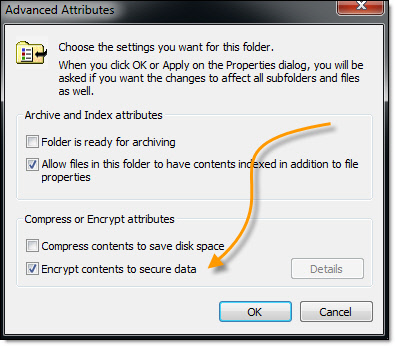
These encryption rounds are the reason behind the impenetrability of AES, as there are far too many rounds to break through. It also uses the SPN (substitution permutation network) algorithm, applying multiple rounds to encrypt data. In short, AES is a symmetric type of encryption, as it uses the same key to both encrypt and decrypt data. What is AES (Advanced Encryption Standard) Encryption? You will also learn how AES encryption works, going through every round of encryption step-by-step. In this article, you will explore the origins of AES, its uses, and potential threats. Having in mind its good qualities, it comes as no surprise that AES has become the industry standard for encryption. The path of the resulting encrypted file.AES encryption, or advanced encryption standard, is a type of cipher that protects the transfer of data online.Ĭurrently, AES is one of the best encryption protocols available, as it flawlessly combines speed and security, letting us enjoy our daily online activities without any disruption. The number of files that successfully encrypted. The number of files that Orchestrator attempted to encrypt. The path of the folder where the encrypted files were saved. The email address that was used to encrypt the files. The comment that was used to encrypt the files. The name of the user that was used to encrypt the files. The path of keyring folder that contains the key used to encrypt the files. The path of the key file used to encrypt the files. The following table lists the published data items. Type the email address that was specified when the encryption key was created. If this field was completed when the encryption key was created, you must provide this information when using this activity. Type the comment that was specified when the encryption key was created. Type the user name that was specified when the encryption key was created. The Orchestrator Runbook Service account, or the user account used to run the runbook, requires read and write permissions on the keyring folder. Important: The PGP Encrypt File activity creates files in the keyring folder. The public keyring file (*.pkr) may be renamed with a *.gpg file name extension. Type the location of the folder that contains the keyring that you will use to encrypt the files. Files can have any file name extension, but *.asc is the standard. If you leave this field blank, the PGP Encrypt File activity uses the file that you specify in the Keyring folder field. Type the location of the PGP key file that you will use to encrypt the files. Type the file name extension that you want to appended to the file name when it is encrypted.

Select this option to give the encrypted file a unique name if a file with the same name already exists. Select this option to overwrite any files with same name as the resulting encrypted file. Select this option to skip encrypting a file when a file with the same name is found in the Output folder. Type the path of the folder where you want the encrypted files to be stored. Select this option to find all the files that match the filename that you specified in all the subfolders of the folder that you specified in the path. This field only accepts characters from the current system locale. You can use wildcards ? and * to specify the files that you want to encrypt. Type the path of the files that you want to encrypt. Use the following information to configure the PGP Encrypt File activity. The output folder where the encrypted files will be stored. The path of the files that you want to encrypt. Save gpg.exe, gpg-agent.exe, iconv.dll, libassuan-0.dll, libgcrypt-20.dll, libgpg-error-0.dll, libnpth-0.dll, libsqlite3-0.dll and zlib1.dll to the :\Program Files(x86)\Common Files\Orchestrator\Extensions\Support\Encryption folder on each runbook server and computer that is running the Runbook Designer.Ĭonfiguring the PGP Encrypt File Activityīefore you configure the PGP Encrypt File activity, you need to determine the following: Save gpg.exe and iconv.dll to the :\Program Files (x86)\Common Files\Microsoft System Center \Orchestrator\Extensions\Support\Encryption folder on each runbook server and computer that is running the Runbook Designer.ĭownload gpg.exe, gpg-agent.exe, iconv.dll, libassuan-0.dll, libgcrypt-20.dll, libgpg-error-0.dll, libnpth-0.dll, libsqlite3-0.dll, and zlib1.dll version 2.x or later from GnuPG.

#ADVANCED FOLDER ENCRYPTION FILE TYPE DOWNLOAD#
Download gpg.exe and iconv.dll, version 1.4.10 or later, from GnuPG.
#ADVANCED FOLDER ENCRYPTION FILE TYPE HOW TO#
The following procedures describe how to install this executable program and associated file on a runbook server or computer that is running the Runbook Designer. GnuPG is an open-source program used by the standard activities PGP Encrypt file and PGP Decrypt file to encrypt and decrypt files. RSA keys are not supported by this activity. This activity supports DSS and RSA4 keys.


 0 kommentar(er)
0 kommentar(er)
